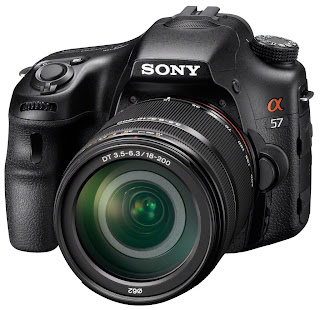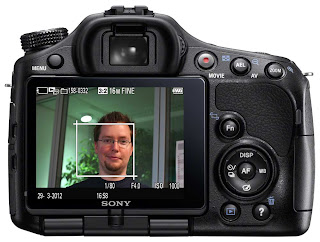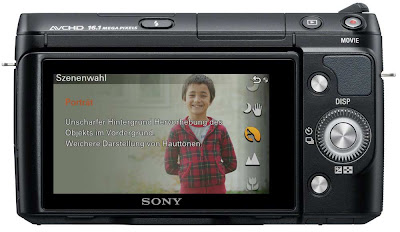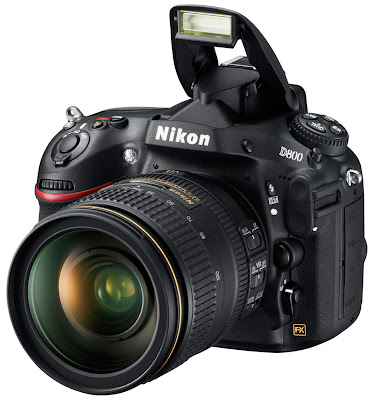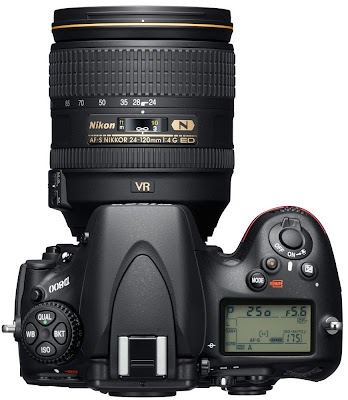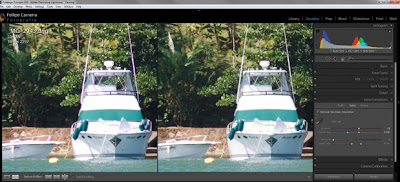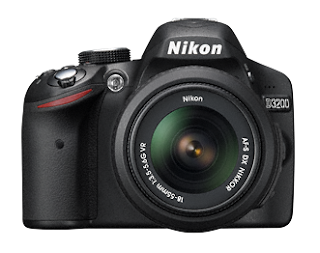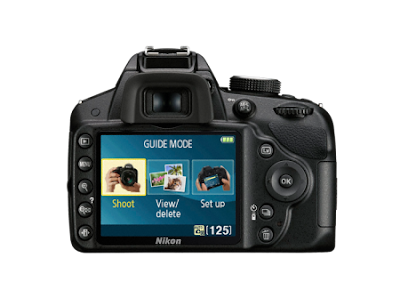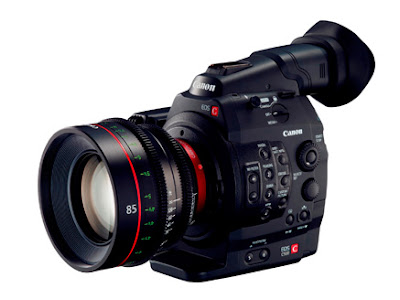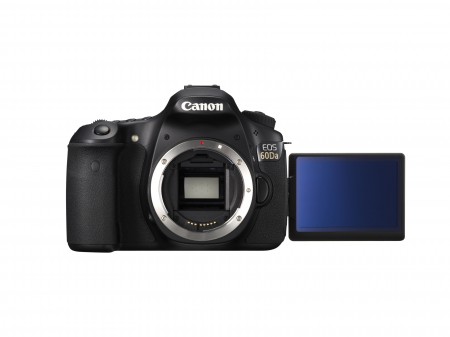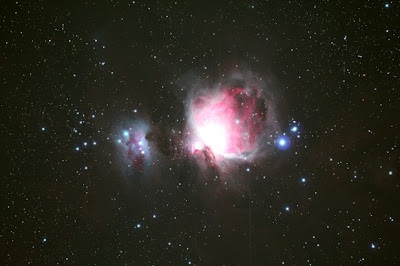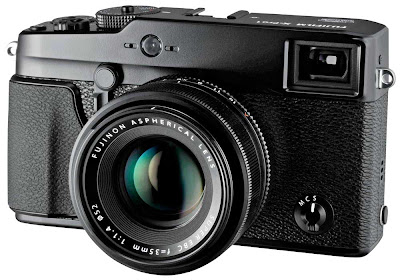Alpha middle class brings leading-edge performance
More powerful than an entry level DSLR, but priced well below the 1,000 euro mark - that place the new Sony Alpha 57. The test convinced the camera with top performance in all areas and gets first place in the ranking DSLR for amateur photographers.
The Alpha 57 is the successor to the A55, Sony's first camera with a partially transparent mirror. Improvements, there are indoor and outdoor. The housing put to a few millimeters in width. This brings the Alpha 57 is not only visually closer to the more expensive alpha 65, but also ergonomic. Photographers with large hands can hold the camera felt better now, which is particularly in combination with a telephoto zoom lens Posititve noticeable. The well designed handle with rubber coating provides a secure fit.
Very good image quality in 16 megapixels
The APS-C image sensor has a 16 megapixel - as early as the 55th Alpha Who now thinks stopped assumed wrong. Sony's engineers achieved all sorts of detail improvements that lead to the sum of a first-class picture quality and bring in this important category score a full 15 points ahead of its predecessor.
The maximum resolution is 1397 with line pairs per picture height but of slightly lower, but the alpha scores 57 in the higher ISO range with the better performance. A similar pattern shows the comparison with the middle-class competition and Nikon D5100 Canon EOS 600D. A peak power accomplishes the Alpha 57 in the figure fine, low contrast details. Colors it is quite natural dar.
The image noise, Sony has in good control. The Visual Noise measurements indicate that you can use the photos to ISO 6400 for A3 printing without interference pixel. On screen you see in the full view of injected noise at ISO 3,200. The largest dynamic range offers the Alpha 57 with 9.7 stops at ISO 400 to 800 Maximum you can increase the ISO speed to 16,000, with burst support even 25,600. Many images from the laboratory and practice, you can look at the photo shoot in full resolution.
Equipment is also very good
Sony updates Alpha 57 with a high resolution and for two-way swivel 3-inch display. In addition, a high resolution electronic viewfinder is also available. This uses a small LCD display is used, which shows a sharp image, but does not reach the excellent quality of the OLED viewfinder in the Alpha 65 and 77. Switching between the two display options either by reliable eye sensor or manually via button. About the viewfinder sits the flash that comes with a guide number of nine measured a proper lighten. You can attach an external flash on the accessory shoe, which takes due to the proprietary form of primarily original Sony accessories. Sony has saved the other hand, the GPS-module: The Alpha 55 photos were automatically provided with geo-coordinates, the Alpha 57 can not anymore.
The controls on the back are made sufficiently large and labeled. For some keys, you can vary the benefits such as "AEL", "ISO" and "Preview." The information displayed on the display can be matched to your needs, even separately for the monitor and viewfinder. An electronic level is available.
Correctly quickly by dissolving trick
The mode dial offers settings for advanced users and professionals. The PASM modes allow the largely free adjustment of acquisition parameters. In Sweep Panorama provides the Alpha 57 extra-wide photos of good quality that are already assembled in the camera. Furthermore, it is digitally calculated 3D images, scene modes, eleven color effects and a high-speed burst mode. Via this Sony's advertising tells only half the truth, because there is the promised twelve images per second at reduced resolution only. With a full 16 megapixels, we measure nearly eight frames per second. Still a good speed, but slower than its predecessor, Alpha 55th
Faster autofocus
Through the partially transparent mirror, the alpha divert a portion of the incident light to the 15 sensors of the phase autofocus. At the rate there is nothing wrong. In daylight, 0.29 seconds elapse until the sharp absorption in the twilight still very good 0.42 seconds. With an on time of just 0.8 seconds, the Alpha is also very quickly ready to fire. Stored on SDHC or SDXC card, and the expensive Sony Memory Stick Duo storage media. As known from Alpha Battery of 65 and 77 NP-FM500H is used. Nearly 1,000 photos are both in the viewfinder display and operation is possible if you do the power consumption. So far the 57s the most persistent alpha is partially transparent mirror.
Videos succeed with the Alpha 57 in full HD resolution at 50 frames per second. The result is pleasantly sharp and provides stereo sound. For better sound brings the camera with a microphone input, you can not, however, levels manually. Interference with the exposure settings are provided against it.
Conclusion
The Sony Alpha 57 manages the leap onto the top spot of the leaderboard. Due to the excellent image quality even displaced the 57s, the better equipped Alpha 65 from the top position. This Sony offers the DSLR-middle class is an excellent alternative to a direct competitor Canon EOS 600D and Nikon D5100. Even at the speed it is nothing from afflict - except that the continuous shooting capabilities have declined slightly compared to its predecessor.
Alternative
Nikon offers the Nikon D5100 DSLR with a middle-class optimum performance levels. The 16-megapixel sensor delivers excellent image quality. Instead of the electronic viewfinder, you will receive a traditional optical viewfinder. This kit offers a good standard and offers even a swivel screen and full HD video. Another plus: the D5100-body but you can get from €530.
